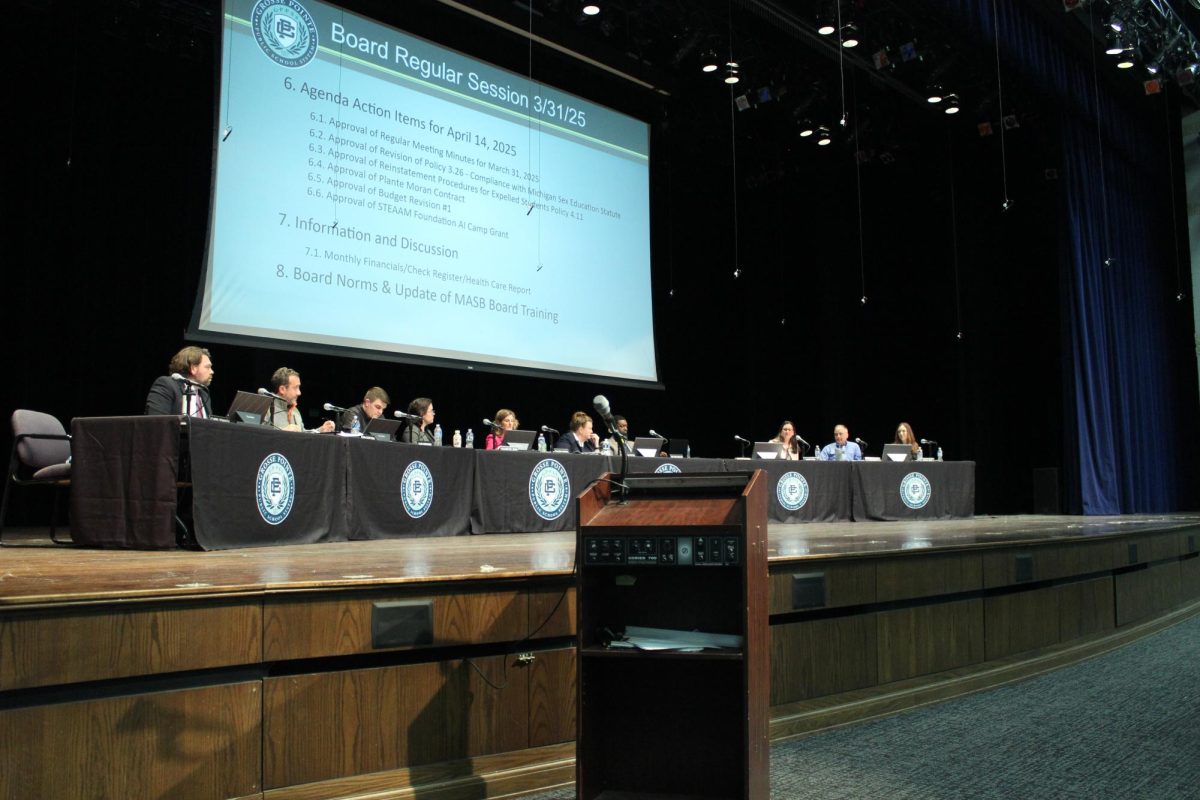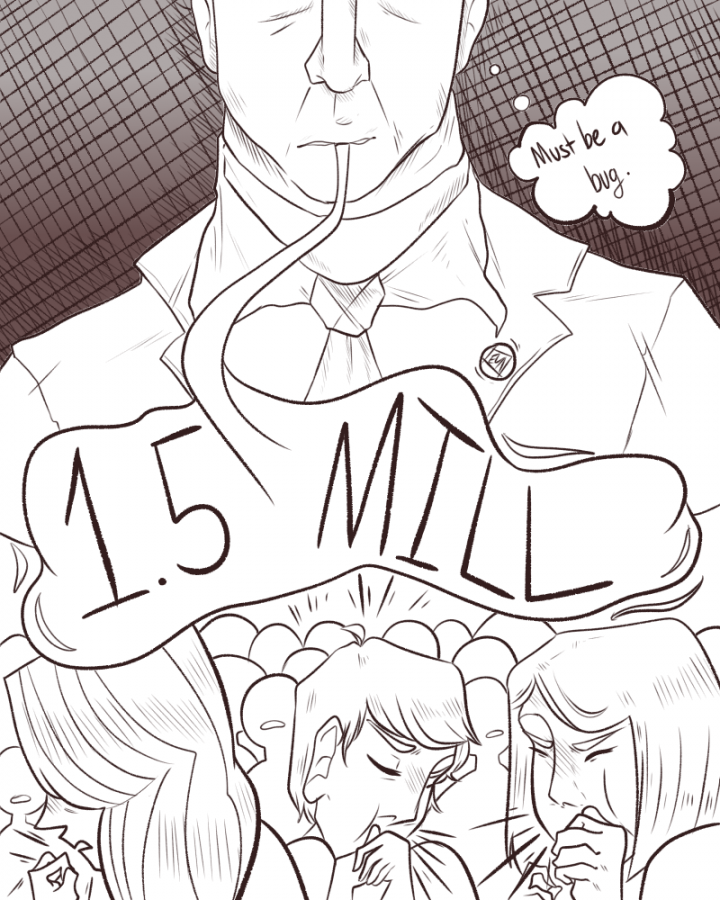Keeping Students safe, dry, warm, and “controversial:” bond proposal divides students and taxpayers
October 24, 2018
On Sept. 12, 2017, Architectural Digest compiled a list of the most beautiful public high schools from every state in America, with a majority of the contenders akin to those of modern castles. Representing Michigan, South found itself commended for its manicured appearance– a revival of ever-timeless architecture in our very own community.
In contrast, complaints from students and staff alike have revolved around the interior of the building, ranging from temperature concerns due to South’s outdated boiler to the building’s roof letting in rain, allowing for mold growth.
We at the Tower ultimately are in favor of the 2018 bond proposal, and encourage its focus on student health and wellness.
The proposed 2018 bond aims to examine district-wide safety, security, and infrastructure, with the resulting changes affecting every GPPSS school; the projected focuses deemed most urgently relevant to South students are the refurnishing of GPPSS buildings and the installation of efficient HVAC (Heat, Ventilation, and Air Conditioning) systems.
A primary source of tension lies in the economic implications of the bond, with a hypothetical approval resulting in a 1.5 mill increase in the current tax rate; this being said, the funding is not available for operating costs, such as salaries, installment contracts, and supplies.
As students, we at the Tower acknowledge our own respective distance from the financial implications of the bond; we are not the true taxpayers (that responsibility falls on our parents and guardians), and are unable to relate to the economic impact the bond may have on our community.
However, it is necessary to understand how exactly students are affected by what the bond strives to address.
Our school stands as a beacon for our learning, and the compromised education we face as a result directly feeds into our achievement, our student involvement and our perspectives on administrative forces at South themselves. As the student body, disregarding our health and state of being is comparable to disregarding the fundamental makeup of the community in question.
Thus, our learning environment shouldn’t feel akin to that of a contamination zone; we are directly involved in the outcome of the community’s collective decision.
We are the ones who walk the mold-laden hallways, sit idly in classrooms that flood at the first drop of rain, and are unable to so much as wash our hands without facing entire bathrooms of inoperable sinks.
We are the ones sent to learn beside bug-infested facilities, use outdated and ultimately detrimental technology and prefer dark classrooms to those that are flickering and inconsistent.
We are the ones running the risk of contracting grave health conditions from the asbestos present in a small yet alarming amount of our classrooms.
This is not a matter of frivolous remodeling, nor is it a matter of aimlessly tossing taxpayer dollars towards the district under the guise of architectural betterment. Change is necessary out of sheer decency.
The bond is a matter of dissociating from the bare minimum.















































































